Contents
- 1 Why Choose Organic Insect Repellent for Your Garden?
- 2 Popular Organic Insect Repellents for Eco-Conscious Gardeners
- 3 How to Effectively Use Organic Repellents in Your Garden
- 4 Ensuring Your Pet’s Safety: Dos and Don’ts
- 5 Time to Take Action: Where to Find Pet-Safe Repellents
- 6 Frequently Asked Questions (FAQs)
- 7 Author
Key Takeaways
-
Organic insect repellents are safer for pets and the environment compared to chemical pesticides.
-
Neem oil, diatomaceous earth, and cedar oil are effective, pet-safe options for garden pest control.
-
Regular application and proper dilution are crucial for the effectiveness of organic repellents.
-
Always check with a veterinarian before using any product to ensure it’s safe for your specific pet.
-
Organic pest control contributes to a healthier ecosystem and reduces the risk of chemical exposure for pets and humans alike.
Why Choose Organic Insect Repellent for Your Garden?
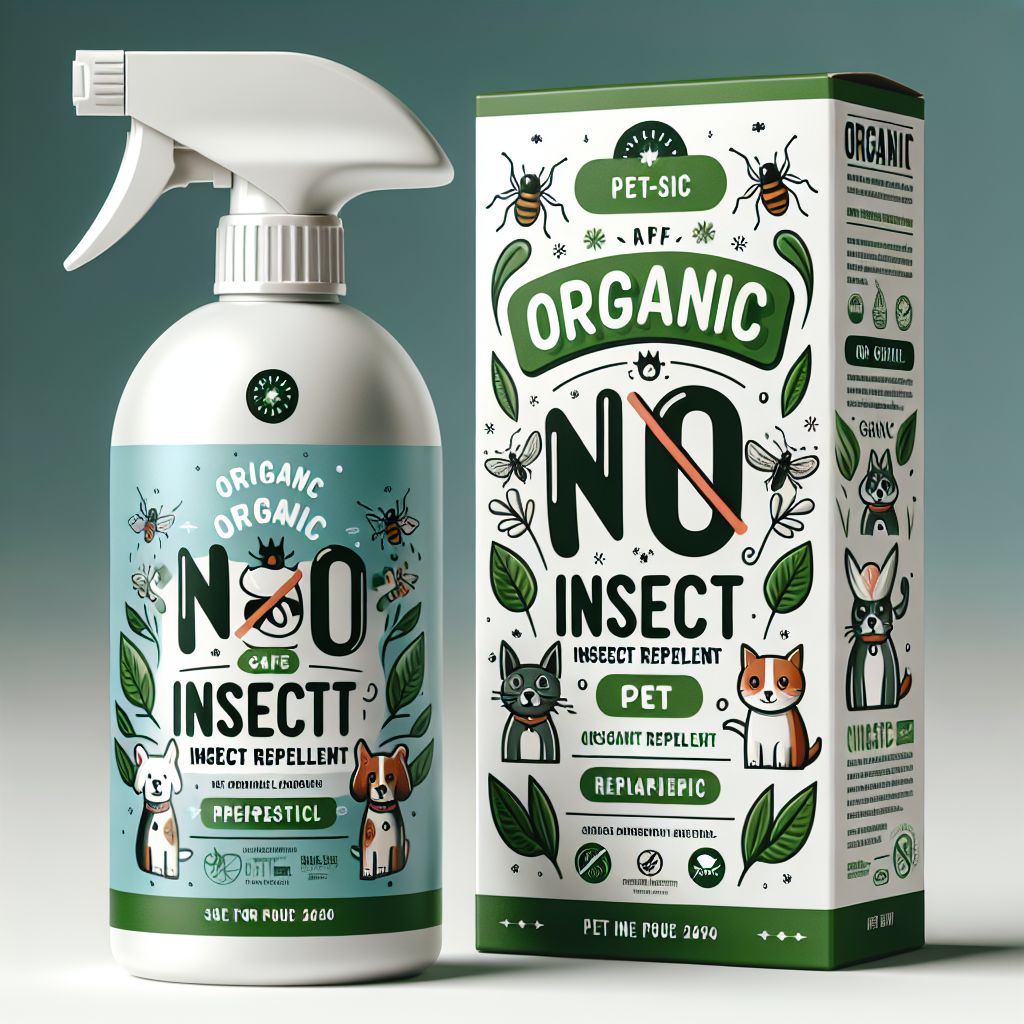
If you’re like me, you take the health of your pets and the quality of your environment seriously. That’s why when it comes to keeping our gardens free from pesky insects, organic repellents are the way to go. Not only are they effective, but they also ensure that our furry friends can frolic safely, and our plants grow in harmony with nature.
But why opt for organic over the convenience of chemical sprays? It’s simple. Organic options are derived from natural sources, which means they’re less likely to cause harm to the delicate ecosystem in your backyard. Plus, they degrade more quickly, reducing the risk of long-term environmental damage.
Most importantly, they’re safer for pets. Whether you have a curious pup that likes to nibble on plants or a cat that prowls the garden, using organic repellents means you don’t have to worry about them ingesting harmful chemicals.
Understanding Pet Safety in Pest Control
When it comes to pest control, our pets’ safety is paramount. Many common chemical pesticides contain ingredients that can be toxic to animals, leading to health issues ranging from mild skin irritations to more serious conditions if ingested.
Therefore, it’s crucial to understand what makes a product pet-safe. Look for repellents that are specifically labeled as safe for use around animals and check the ingredients list for any potential allergens or toxic compounds. Remember, ‘natural’ doesn’t always mean ‘non-toxic,’ so due diligence is key.
Benefits of Organic Repellents Over Chemicals
Organic repellents come with a host of benefits that make them a superior choice for pet owners and garden enthusiasts alike:
-
Eco-friendly: They break down quickly in the environment, preventing pollution of water sources and soil.
-
Targeted action: Many organic options target specific pests, reducing the risk of harming beneficial insects like bees and butterflies.
-
Healthier for all: By avoiding harsh chemicals, you create a healthier space for your pets, your family, and yourself.
Because of these benefits, making the switch to organic insect repellents is a step towards a greener, more sustainable lifestyle.
Popular Organic Insect Repellents for Eco-Conscious Gardeners
Let’s dive into some of the most popular organic repellents that are not only effective against common garden pests but also safe for your four-legged companions.
Neem Oil: Nature’s Pest Control Miracle
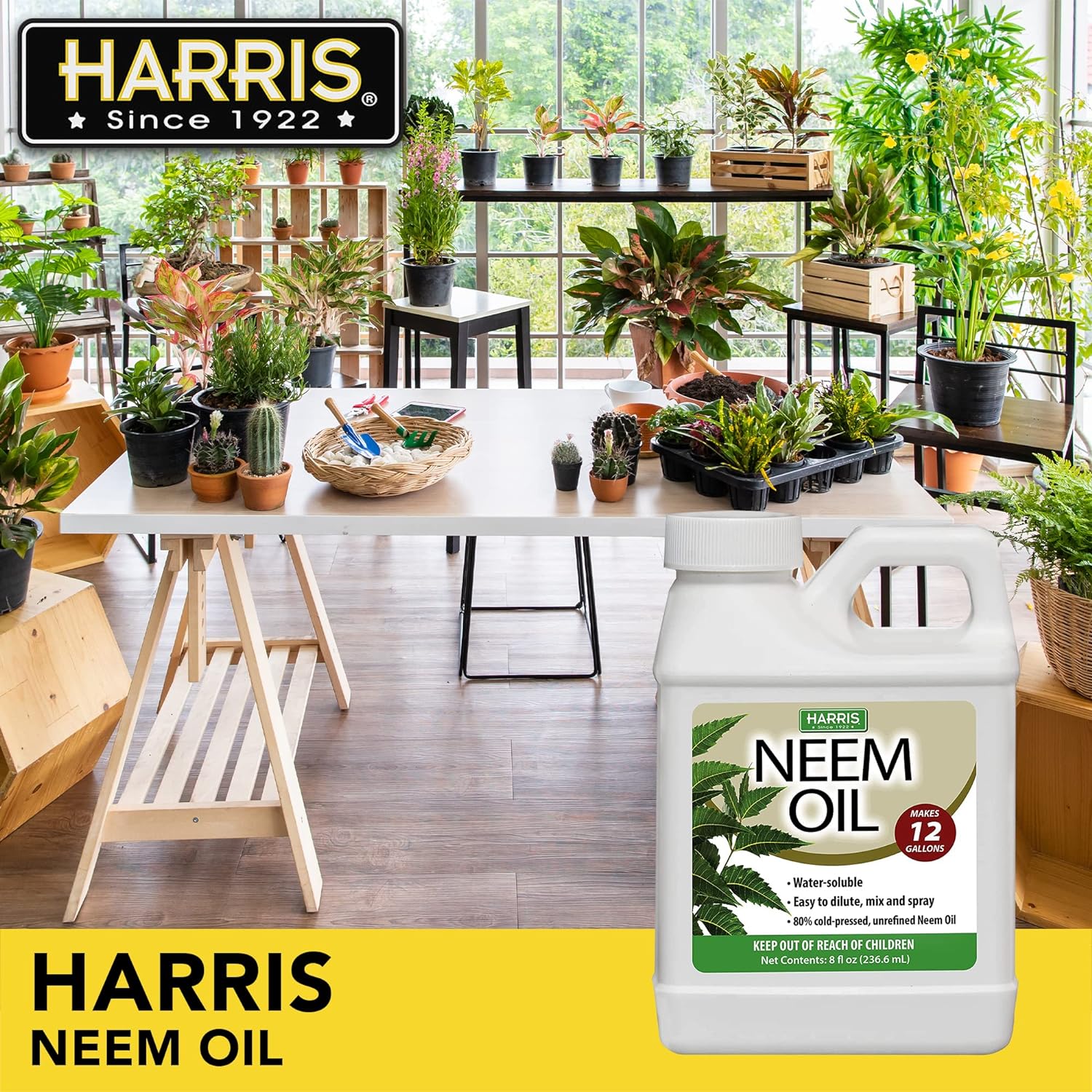
Neem oil is extracted from the seeds of the neem tree and has been used for centuries in agriculture. It’s a powerhouse when it comes to repelling insects, and it does so without harming pets when used correctly.
Here’s how to use it:
-
Mix a few drops of neem oil with water and a mild soap to create an emulsion.
-
Spray it on the affected areas of your garden, making sure to hit the undersides of leaves where insects like to hide.
-
Reapply every couple of weeks or after heavy rain for continuous protection.
Remember, while neem oil is safe for pets, it should be used in moderation and never applied directly to your pet’s skin without consulting a vet.
Diatomaceous Earth: The Fossilized Defender
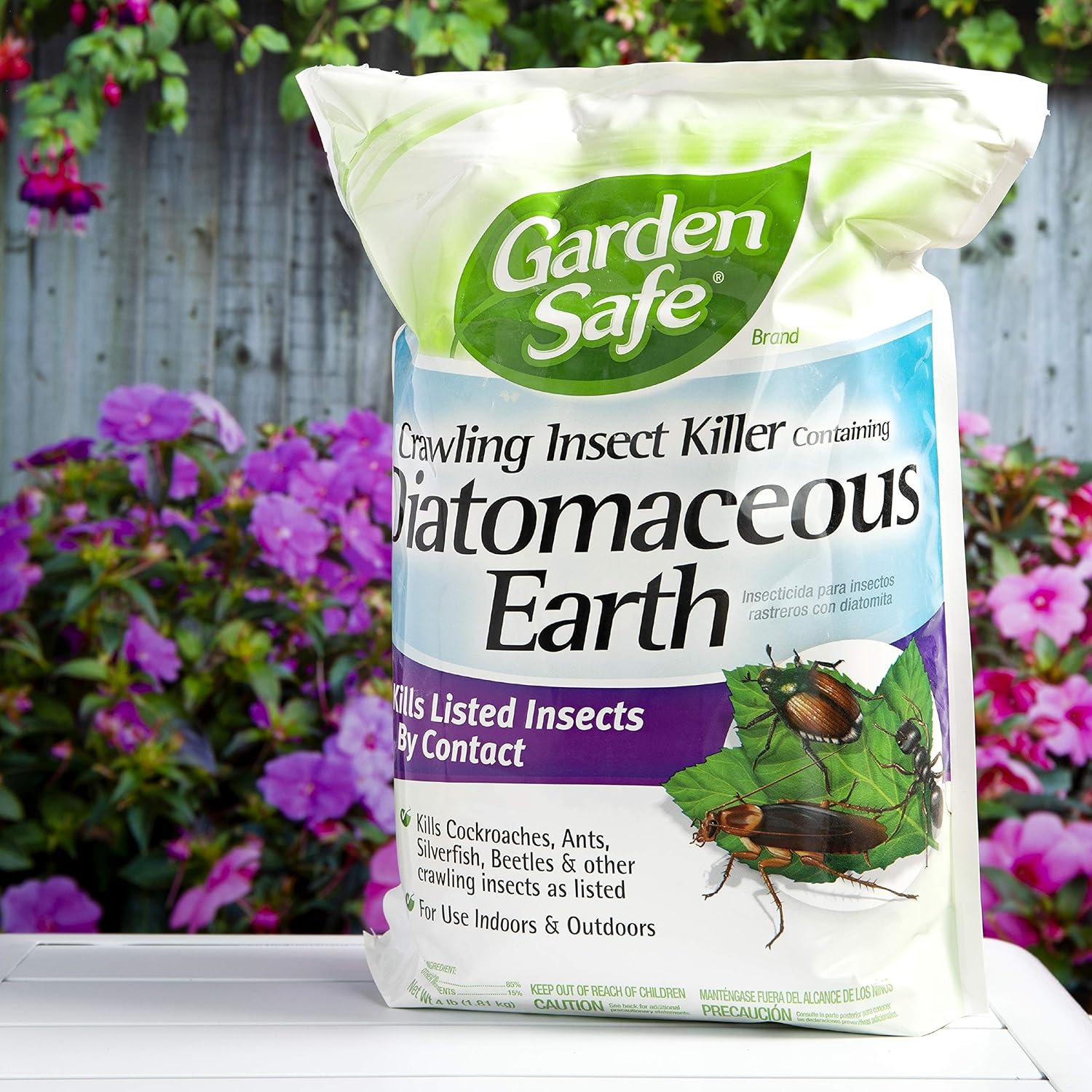
Diatomaceous earth (DE) is made from the fossilized remains of tiny aquatic organisms called diatoms. It works by dehydrating insects that come into contact with it. What’s great about DE is that it’s non-toxic to pets and humans.
To use DE in your garden:
-
Lightly sprinkle the diatomaceous earth over the soil and around the base of plants.
-
Reapply after rain or watering, as it loses effectiveness when wet.
-
Keep pets away from the area until the dust has settled to avoid any irritation.
It’s an excellent way to control pests in dry conditions, and because it’s a mechanical repellent, insects can’t develop resistance to it.
Cedar Oil Spray: Repelling the Natural Way
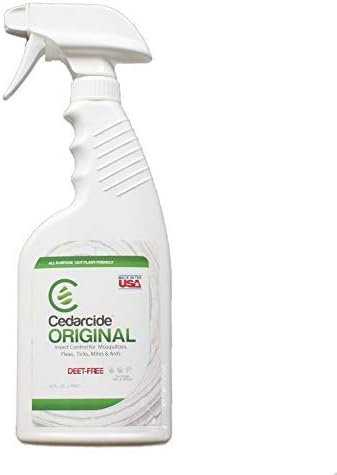
Cedar oil, derived from the wood of cedar trees, is known for its insect-repelling properties. It’s particularly effective against fleas and ticks, making it a favorite among pet owners.
Here’s how to use cedar oil in your garden:
-
Choose a cedar oil product that’s labeled as safe for pets.
-
Dilute the oil according to the product’s instructions, usually a few drops per gallon of water.
-
Spray it around your garden, focusing on areas where your pets spend time.
Because it’s all about keeping your pets safe while enjoying a pest-free garden, always opt for the highest quality cedar oil you can find.
Essential Oils: Aromatic Barrier Against Pests

Essential oils aren’t just for aromatherapy; they’re also potent insect repellents. Lavender, peppermint, and eucalyptus oils are among the most effective at keeping pests at bay. However, it’s important to note that cats are particularly sensitive to essential oils, and some can be toxic to them. Always consult your vet before using essential oils in areas where your pets have access.
How to Effectively Use Organic Repellents in Your Garden
Using organic repellents effectively is all about strategy. It’s not just what you use, but how and when you use it. With the right approach, you can create an invisible shield around your garden that keeps pests out without harming your pets.
Application Techniques for Optimal Protection
To maximize the effectiveness of organic repellents, follow these steps:
-
Timing: Apply repellents in the early morning or late afternoon when insect activity is lower.
-
Coverage: Ensure even coverage across your garden. Pay special attention to plant bases and the underside of leaves.
-
Consistency: Reapply repellents regularly, especially after rain or watering, to maintain a protective barrier.
By adhering to these application techniques, you can reduce the likelihood of pest invasions significantly.
Maintaining an Organic Pest Management Routine
Maintenance is crucial. Regularly inspect your garden for signs of pests and treat any infestations immediately. Companion planting with pest-repelling plants like marigolds can also help. And remember, a healthy garden is the best defense against pests, so keep your plants strong with proper nutrition and care.
Ensuring Your Pet’s Safety: Dos and Don’ts

When using any pest control method, keeping your pets safe is the top priority. Here’s a quick rundown of the dos and don’ts:
-
Do: Choose products labeled as pet-safe.
-
Don’t: Use any repellent without checking its safety for pets.
-
Do: Store all pest control products out of reach of pets.
-
Don’t: Assume that ‘natural’ means ‘harmless’ to pets.
Identifying Toxic Plants and Safe Alternatives
Many plants can repel insects but are toxic to pets. For example, while chrysanthemums are great at keeping bugs away, they can be harmful to dogs and cats. Instead, opt for pet-safe alternatives like petunias or sunflowers. Always cross-check with a reliable source or your vet to ensure the safety of the plants in your garden.
First Aid Tips for Accidental Ingestion
If your pet ingests something they shouldn’t have, don’t panic. Remove any plant material from their mouth and offer a small amount of milk or water. Call your vet immediately or contact the ASPCA Animal Poison Control Center for guidance.
Time to Take Action: Where to Find Pet-Safe Repellents
Now that you’re equipped with the knowledge, it’s time to take action and protect your garden the pet-safe way.
Locating the Best Pet-Safe Products in Your Area
Finding the right organic insect repellent that’s safe for pets and effective against pests can be a bit of a treasure hunt. Your local garden center or natural food store is a good place to start. These spots often carry products that are eco-friendly and safer for animals. When shopping, don’t hesitate to ask staff for recommendations on pet-safe options—they’re usually quite knowledgeable about the products that are both loved by gardeners and trusted by pet parents.
Another great option is to visit farmers’ markets or organic farms in your area. These places not only sell fresh produce but sometimes offer natural pest control solutions that they use on their crops. It’s a fantastic way to support local businesses while keeping your garden and pets free from harmful chemicals.
Online Resources for Organic Pest Control Shopping
If you prefer to shop online, you’re in luck. There’s a wealth of resources available at your fingertips. Websites like Amazon and garden specialty sites have a wide selection of organic pest control products with detailed descriptions, customer reviews, and Q&A sections that can help you make an informed decision. Some of the popular pet-safe repellents you might consider include:
-
Wondercide Ready-to-Use Yard Spray, which is known for its natural ingredients and easy application.
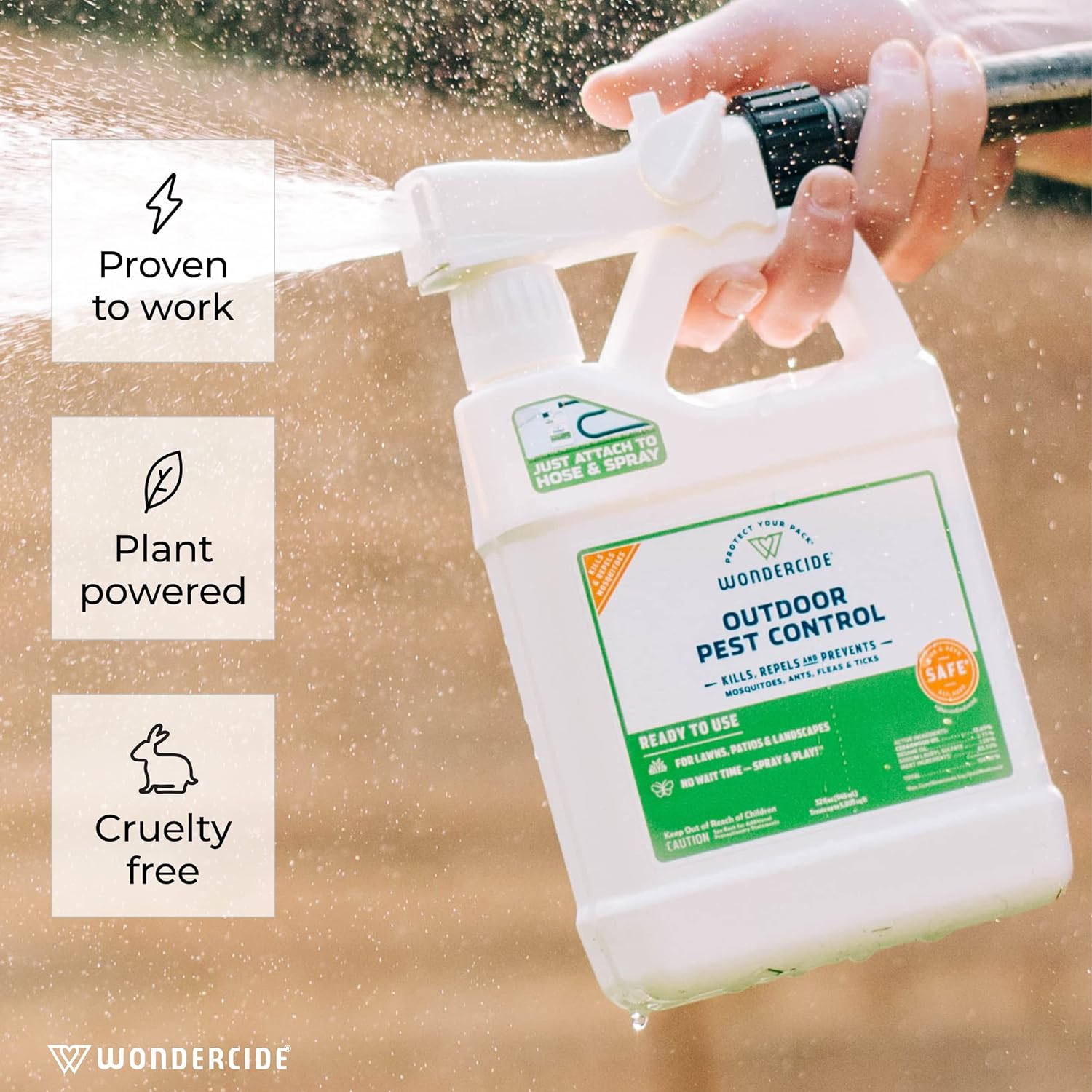
-
EcoRaider Ant & Crawling Insect Killer, offering a non-toxic formula that targets a wide range of crawling pests.

-
Mighty Mint Insect and Pest Control Peppermint Oil, utilizing the natural repellent properties of peppermint to deter insects.
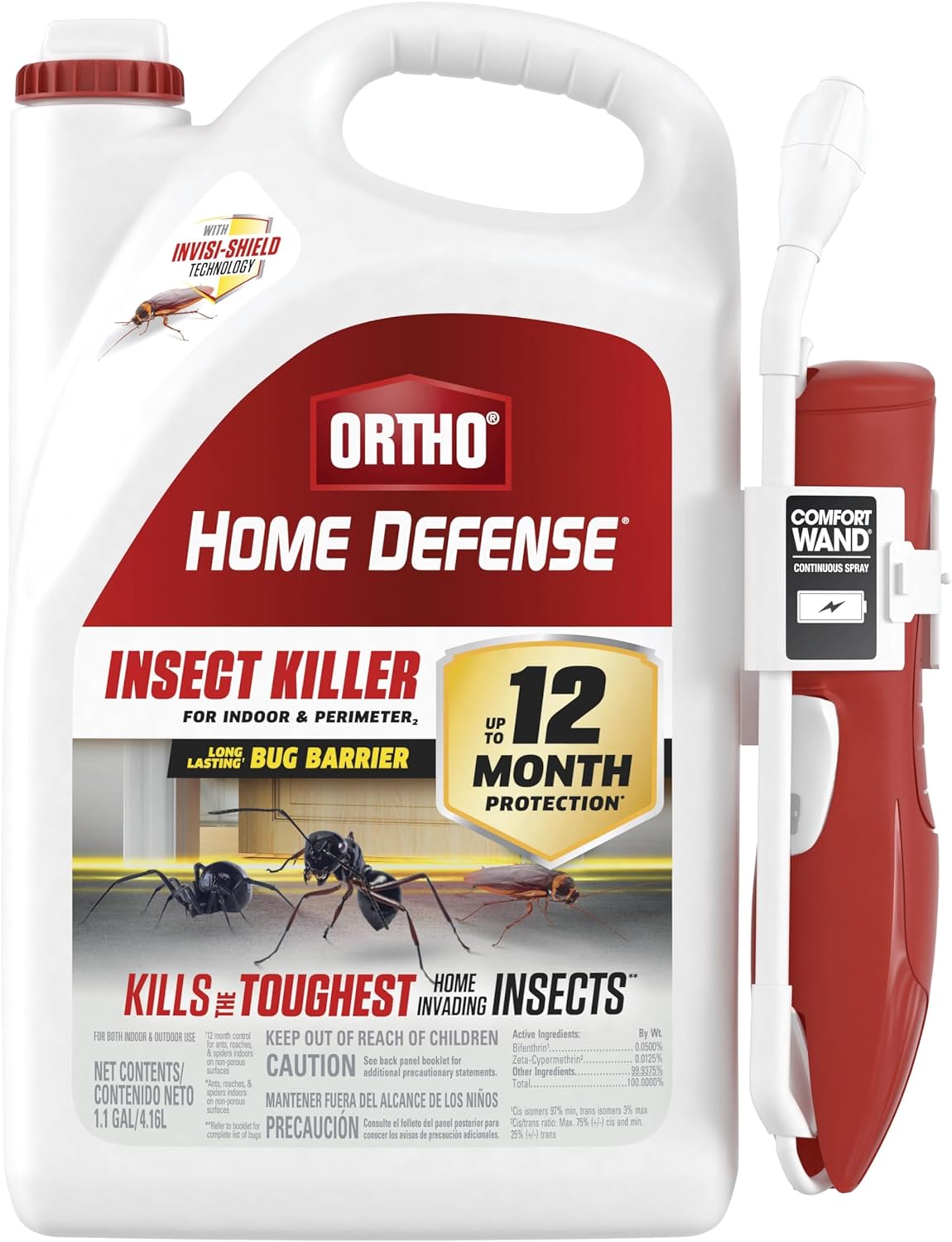
-
Cutter Backyard Bug Control Spray, which provides a protective barrier against mosquitoes and other flying pests.
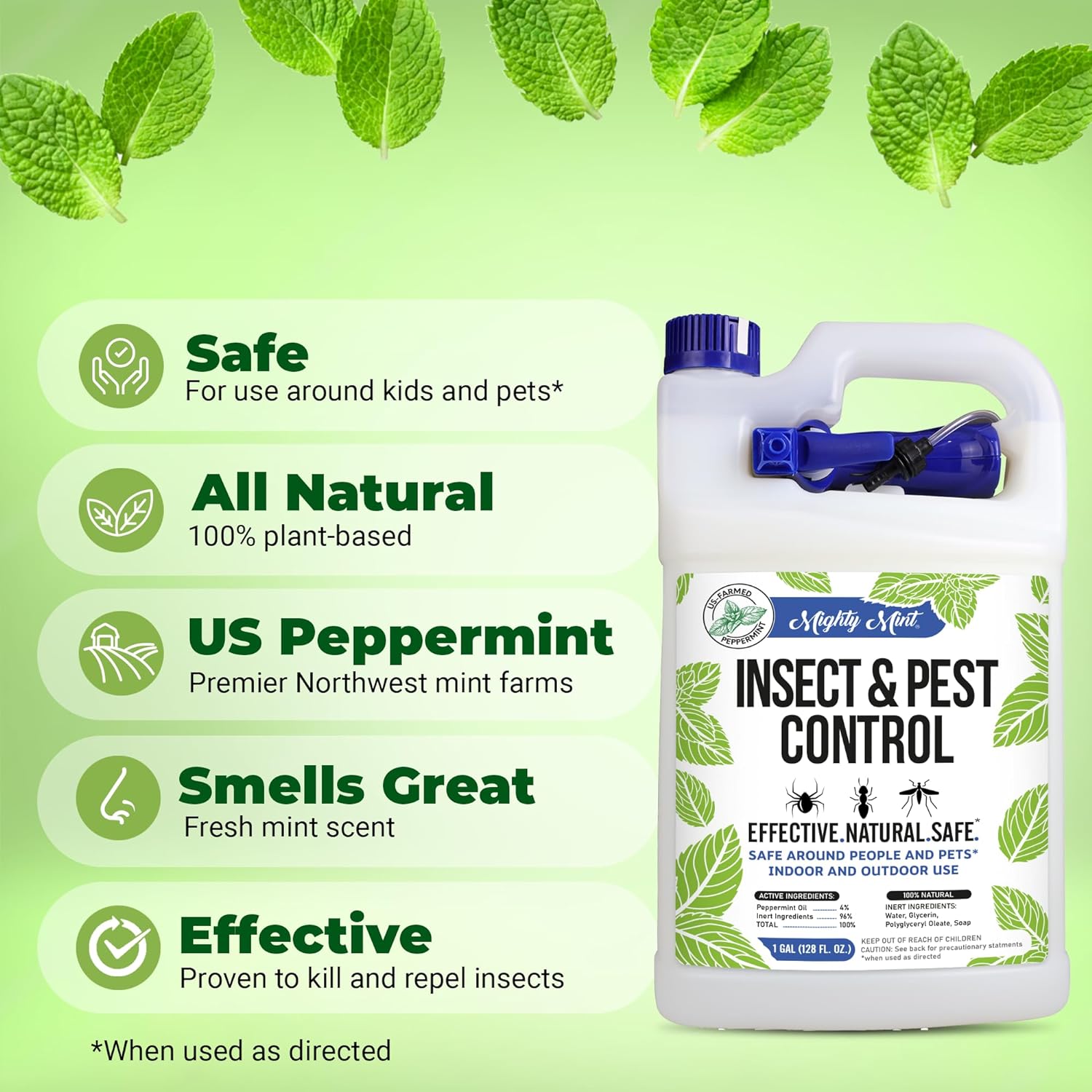
Remember to read the labels carefully and ensure that the product is suitable for the type of pets you have. If you’re ever in doubt, reach out to the manufacturer or consult with your vet before making a purchase.
Frequently Asked Questions (FAQs)

It’s natural to have questions when it comes to the safety and effectiveness of organic pest control, especially when pets are involved. Here are some of the most commonly asked questions answered for you.
Can natural insect repellent be as effective as chemicals?
Absolutely. While chemical repellents may offer a quick fix, natural alternatives can be just as effective if used correctly. The key is consistency and proper application. Natural repellents work best when they’re applied regularly and in the right concentration. Plus, they have the added benefit of being safer for our furry friends and the environment.
For example, neem oil can deter a wide range of pests, such as aphids and mites, and has even been shown to have some fungicidal properties. It’s about finding the right natural solution for your specific pest problem.
-
Neem oil disrupts the life cycle of insects at all stages, making it a powerful long-term solution.
-
Diatomaceous earth is great for tackling crawling insects like ants and fleas.
So, while the method of action might differ from chemical repellents, the end result can be a pest-free garden that’s safe for pets.
How often should I apply organic repellents in my garden?
Consistency is key when it comes to organic repellents. Depending on the product, you might need to apply it as often as every few days or as infrequently as once a month. Always follow the instructions on the label for the best results. For example, diatomaceous earth needs to be reapplied after rain, while neem oil sprays might last up to two weeks.
Also, consider the life cycle of the pests you’re dealing with. Some insects may require more frequent applications to disrupt their breeding patterns effectively. Monitoring your garden for pest activity can help you determine the best application schedule.
Are there any pets that are more sensitive to these repellents?
While many organic repellents are safe for pets, some animals may be more sensitive than others. For instance:
-
Cats are particularly sensitive to essential oils and certain plant extracts.
-
Reptiles and fish can be affected by products used near their habitats due to their unique physiology.
When in doubt, consult with a veterinarian to ensure the safety of the products you choose for your specific type of pet.
It’s always better to err on the side of caution and use products that have been tested and proven safe for animals.
What are some common garden pests that organic repellents can combat?
Organic repellents can be effective against a wide variety of common garden pests. Some of these include:
Ants, aphids, mosquitoes, ticks, fleas, spider mites, and even larger pests like rabbits and deer can be deterred with the right organic strategies. For instance, garlic sprays can repel insects and small mammals, while a border of marigolds may discourage rabbits from entering your garden.
Can I create my own pet-safe insect repellent at home?
Yes, you can make your own insect repellent using natural ingredients that are safe for pets. Here’s a simple recipe:
-
Mix equal parts of water and white vinegar in a spray bottle.
-
Add a few drops of lemon eucalyptus oil for its natural insect-repelling properties.
-
Shake well and spray around the perimeter of your garden, avoiding direct application on plants.
This homemade repellent can help keep insects at bay without the use of harsh chemicals. However, always test a small area first to ensure it doesn’t harm your plants, and check with your vet to make sure the ingredients are safe for your pets.
Remember, when it comes to using any product or homemade concoction in your garden, the health and safety of your pets should always come first. With the right knowledge and resources, you can enjoy a beautiful, pest-free garden that’s a safe haven for all your family members—furry ones included.



